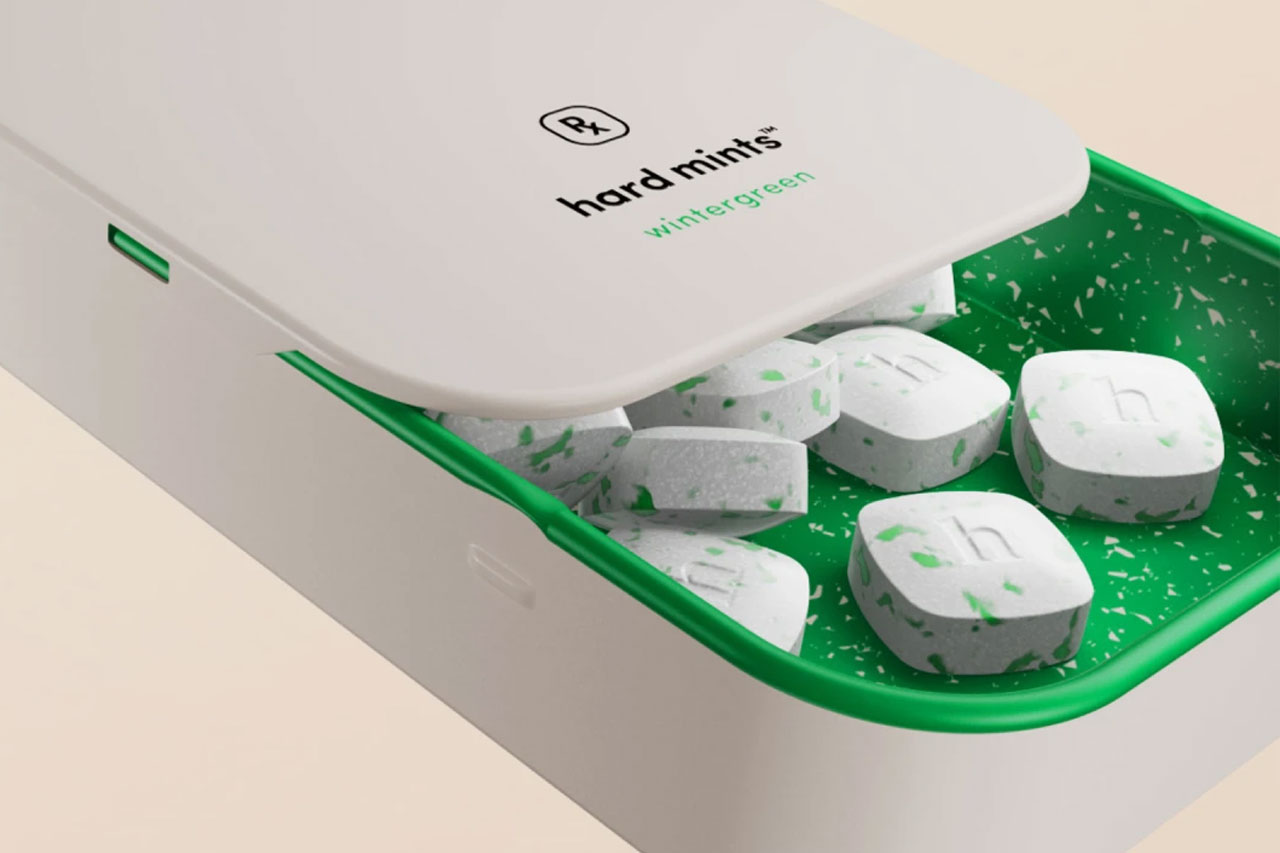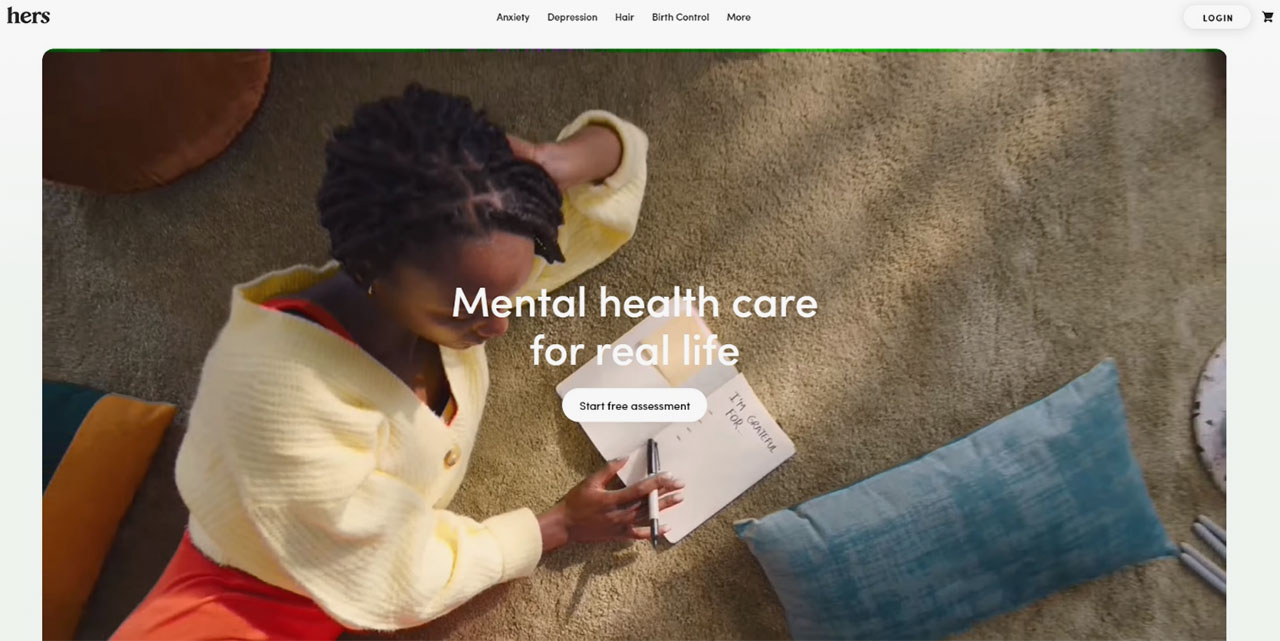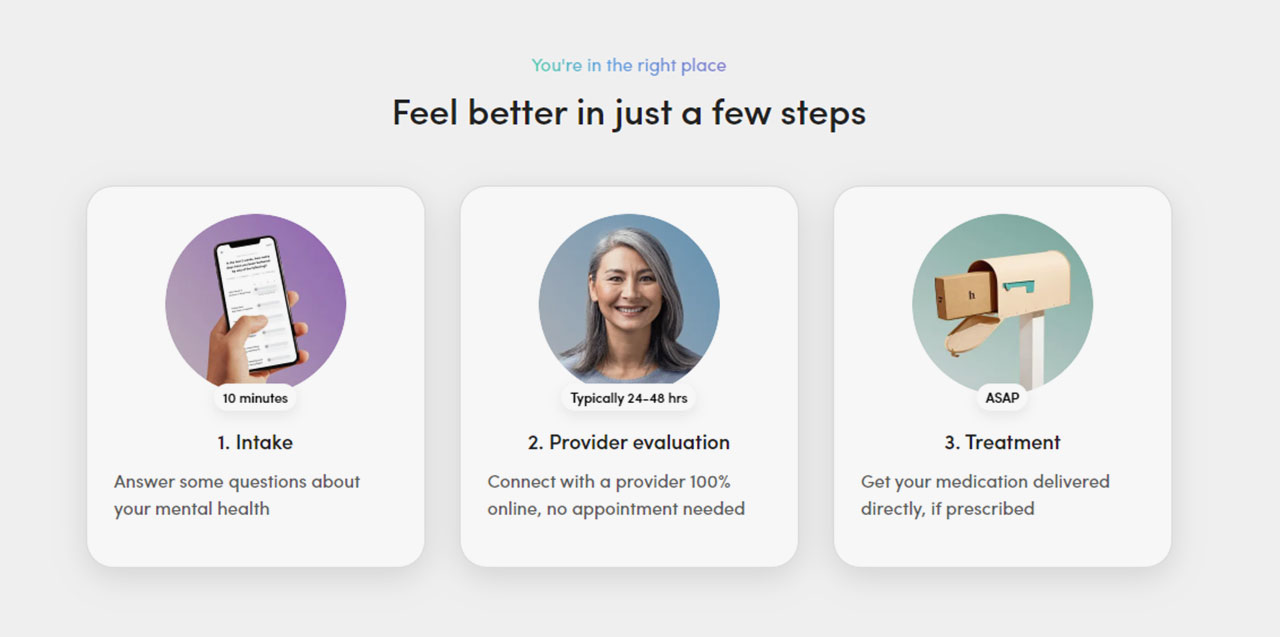The U.S. Food and Drug Administration (FDA) has introduced updated guidance regarding the compounding of GLP-1 receptor agonists such as tirzepatide and semaglutide. With increasing demand for these medications, the rise of compounded alternatives has led to regulatory scrutiny, legal challenges, and evolving policies to ensure patient safety. This article, authored by the research team at MedClinRes.org, explores the latest FDA updates on GLP-1 drug compounding, evaluates the clinical implications, and highlights the importance of regulatory oversight in maintaining drug efficacy and safety.
The Importance of FDA Oversight in GLP-1 Drug Compounding
GLP-1 receptor agonists, including semaglutide and tirzepatide, have become widely sought-after treatments for obesity and type 2 diabetes. However, due to increased demand, shortages of these medications have prompted the use of compounded alternatives. Compounded drugs are formulations made by specialized pharmacies or outsourcing facilities, often to address drug shortages or patient-specific needs. However, these drugs do not undergo the same rigorous FDA approval process as commercially available pharmaceuticals, raising concerns about their quality, efficacy, and potential risks.
FDA-approved GLP-1 drugs are subject to stringent clinical trials to confirm their safety and effectiveness. In contrast, compounded versions, while sometimes necessary in cases of shortages, lack comprehensive regulatory oversight. This has led to a series of FDA updates and legal proceedings to establish clear guidelines on the circumstances under which compounding is permissible.
Key FDA Updates on GLP-1 Drug Compounding
March 10, 2025: Tirzepatide and Semaglutide Compounding Enforcement Discretion Periods
Following legal proceedings in Outsourcing Facilities Association v. FDA, the FDA clarified enforcement discretion for compounding tirzepatide and semaglutide:
- Tirzepatide: As of March 19, 2025, the FDA will no longer exercise enforcement discretion for outsourcing facilities under Section 503B of the Federal Food, Drug, and Cosmetic (FD&C) Act unless tirzepatide remains on the drug shortage list.
- Semaglutide: Enforcement discretion for state-licensed pharmacies and physicians under Section 503A will continue until April 22, 2025, or until a district court decision determines otherwise.
- Outsourcing facilities under Section 503B can continue compounding semaglutide until May 22, 2025, or until further legal rulings are made.
These updates mean that compounders must adhere to strict guidelines, and FDA enforcement may increase for those producing compounded versions without proper authorization.
February 21, 2025: FDA Declares Semaglutide Shortage Resolved
The FDA determined that the shortage of semaglutide has been resolved. However, due to supply chain logistics, patients and providers may still experience localized shortages as distribution normalizes. In response, the FDA has allowed:
- State-licensed pharmacies and physicians to continue compounding semaglutide under Section 503A for 60 days (until April 22, 2025).
- Outsourcing facilities to compound semaglutide under Section 503B for 90 days (until May 22, 2025).
This decision is significant, as it sets a timeline for the transition away from compounded semaglutide towards FDA-approved formulations.
December 19, 2024: Tirzepatide Shortage Resolution
The FDA announced that the tirzepatide shortage has been resolved after evaluating manufacturing capacity and national supply levels. However, legal proceedings led to an extension of enforcement discretion periods for compounding tirzepatide:
- State-licensed pharmacies under Section 503A could compound tirzepatide until February 18, 2025.
- Outsourcing facilities under Section 503B could compound tirzepatide until March 19, 2025.
These timeframes marked the beginning of a shift toward stricter enforcement against unauthorized compounded tirzepatide.
Current Shortage Status of GLP-1 Drugs (as of February 2025)
The FDA continues to monitor GLP-1 drug availability, working closely with manufacturers to determine supply stability. The following GLP-1 medications remain in shortage:
- Dulaglutide (Trulicity®): In shortage, though manufacturers report all presentations are available.
- Liraglutide (Saxenda® and Victoza®): In shortage, with two presentations available and three experiencing limited availability.
FDA's determination of drug shortages depends on various factors, including manufacturer-reported supply levels, market demand, and the ability of alternate manufacturers to fill supply gaps.
Legal Considerations for Compounded GLP-1 Medications
Restrictions Under the FD&C Act
- Section 503A: Prohibits compounding drugs that are essentially copies of FDA-approved medications unless there is a documented medical need that cannot be met with available commercial products.
- Section 503B: Prevents outsourcing facilities from compounding drugs that are identical or nearly identical to FDA-approved medications unless they are officially listed on the FDA drug shortage list.
These regulations aim to prevent unnecessary compounding when FDA-approved versions are available, ensuring that patients receive high-quality and effective medications.
FDA Actions Against Noncompliant Compounders
The FDA has indicated that while enforcement discretion was temporarily allowed during shortages, any compounded GLP-1 products found to be of substandard quality or otherwise unsafe will be subject to regulatory action. This includes:
- Misbranded or adulterated compounded medications.
- Unauthorized compounding beyond enforcement discretion timelines.
- Compounded GLP-1 products using semaglutide salt forms (e.g., semaglutide sodium, semaglutide acetate), which are not the same as FDA-approved semaglutide.
Implications for Healthcare Providers and Patients
Healthcare Providers
- Should prioritize FDA-approved GLP-1 drugs when available.
- Must be aware of legal restrictions on prescribing compounded GLP-1 medications.
- Should educate patients about supply chain variability and encourage proper medication adherence during transitional periods.
Patients
- Should only obtain GLP-1 medications from licensed healthcare providers and state-licensed pharmacies.
- Must be cautious about online retailers selling compounded versions of GLP-1 drugs that may not meet quality standards.
- Should report any adverse effects from compounded GLP-1 medications to the FDA via the MedWatch Adverse Event Reporting Program.
Final Thoughts: Why FDA Regulation Matters
The recent updates on GLP-1 drug compounding reflect the FDA’s commitment to balancing medication access with safety. While compounded versions provided a temporary solution during shortages, their continued use outside of regulatory guidelines poses risks. The scientific evidence supports that FDA-approved GLP-1 medications remain the safest and most effective option for patients needing these treatments.
At MedClinRes.org, our research-driven approach underscores the importance of clinical validation, regulatory compliance, and patient safety. As the availability of GLP-1 drugs stabilizes, we strongly advocate for evidence-based prescribing practices that align with FDA standards. For healthcare providers and patients alike, informed decision-making is the key to achieving optimal health outcomes.
Also Read: FDA’s Concerns Over Unapproved GLP-1 Weight Loss Drugs







